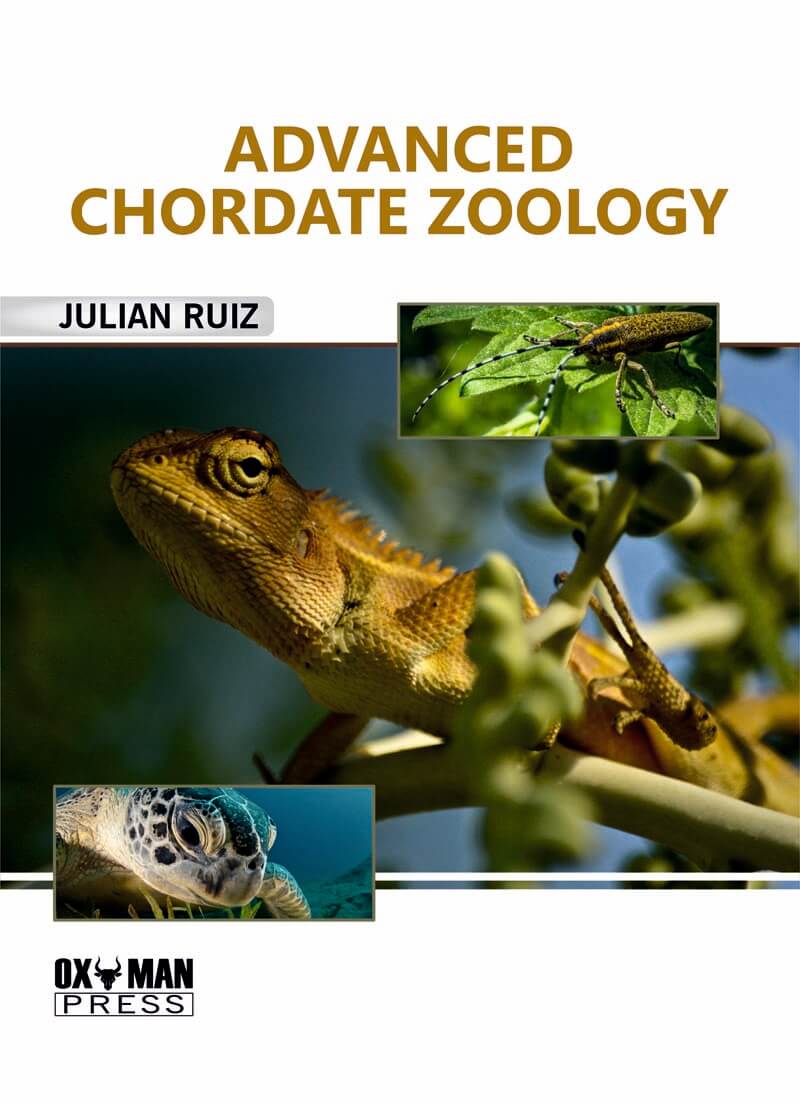Advanced Zoology of Chordates
| ISBN | 9781778806045 |
|---|---|
| Author | Julian Ruiz |
| Publisher | OXMAN PRESS |
| Publication Year | 2023 |
| Category | Agriculture & Life Science |
| Price | $178.00 |
Julian Ruiz is a Professor of Biology at Sheffield Hallam university, where he has been teaching and conducting research for many years. He holds a Bachelor of Zoology and a Doctoral degree in Biological Oceanography. He is the director of the Society for Multidisciplinary and Experimental Biology's Division of Invertebrate Zoology, previously the Western Society of Zoologists. He has over 40 publications published on the development and metamorphosis of marine invertebrates such as crabs, blue mussels, lobsters, barnacles, and polychaetes. His study focuses on arthropods, the most diverse group of invertebrates. He provides an up-to-date viewpoint on this huge group, including several modifications in species categorization based on genetic evolutionary studies.
